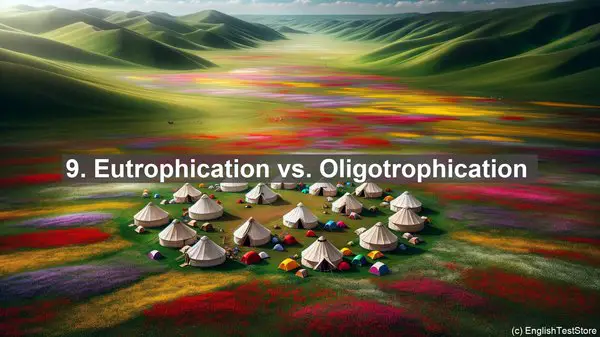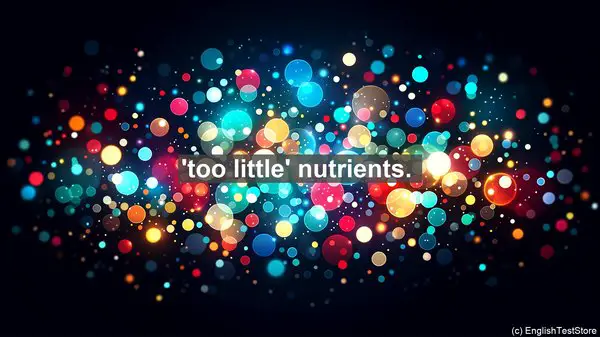Introduction
Welcome to today’s lesson on zooplankton ecology. In this lesson, we’ll be focusing on a topic that often trips up students: commonly confused words. Let’s dive in!

1. Plankton vs. Zooplankton
One of the first things students encounter in this field is the distinction between plankton and zooplankton. While all zooplankton are plankton, not all plankton are zooplankton. Plankton refers to any organism that drifts in the water, while zooplankton specifically refers to animal-like organisms. Remember, ‘zoo’ means animal!
2. Nekton vs. Plankton
Another common confusion is between nekton and plankton. Nekton are organisms that can actively swim and move against the current, like fish and turtles. On the other hand, plankton are passive drifters. Think of nekton as the ‘swimmers’ and plankton as the ‘floaters’.
3. Benthos vs. Pelagos
Moving on, benthos and pelagos are terms used to describe different zones in the water column. Benthos refers to the bottom or seafloor, while pelagos refers to the open water. So, if you’re studying organisms that live on the seafloor, you’re looking at the benthos.
4. Holoplankton vs. Meroplankton
Holoplankton and meroplankton are two categories of zooplankton. Holoplankton spend their entire lives as plankton, while meroplankton are only in the planktonic stage for a certain period before transitioning to another life stage. It’s like the difference between a permanent resident and a temporary visitor.
5. Diurnal vs. Nocturnal
When studying the behavior of zooplankton, you’ll often come across the terms diurnal and nocturnal. Diurnal organisms are active during the day, while nocturnal organisms are active at night. It’s all about their preferred time of activity.

6. Filter Feeder vs. Carnivore
Zooplankton have diverse feeding strategies. Some are filter feeders, meaning they consume small particles suspended in the water. Others, like carnivores, feed on other organisms. So, while filter feeders are like ‘water filters’, carnivores are ‘hunters’.
7. Detritivore vs. Herbivore
Detritivores and herbivores are two more feeding categories. Detritivores feed on decaying organic matter, like dead plants and animals, while herbivores consume plant material. Detritivores are like nature’s ‘recyclers’, while herbivores are ‘plant eaters’.
8. Planktotrophic vs. Lecithotrophic
When it comes to reproduction, zooplankton can be planktotrophic or lecithotrophic. Planktotrophic larvae feed on plankton, while lecithotrophic larvae rely on their yolk reserves. It’s like the difference between a ‘self-sufficient’ and a ‘dependent’ baby.
9. Eutrophication vs. Oligotrophication
Eutrophication and oligotrophication are terms used to describe changes in nutrient levels in aquatic ecosystems. Eutrophication refers to an increase in nutrients, often leading to excessive algal growth. Oligotrophication, on the other hand, is the opposite, with a decrease in nutrients. It’s like ‘too much’ vs. ‘too little’ nutrients.
10. Biomagnification vs. Bioaccumulation
Our final pair of words, biomagnification and bioaccumulation, are related to the accumulation of pollutants in the food chain. Biomagnification refers to the increase in pollutant concentration as you move up the food chain, while bioaccumulation is the overall build-up of pollutants in an organism. It’s like ‘concentration increase’ vs. ‘overall accumulation’.
